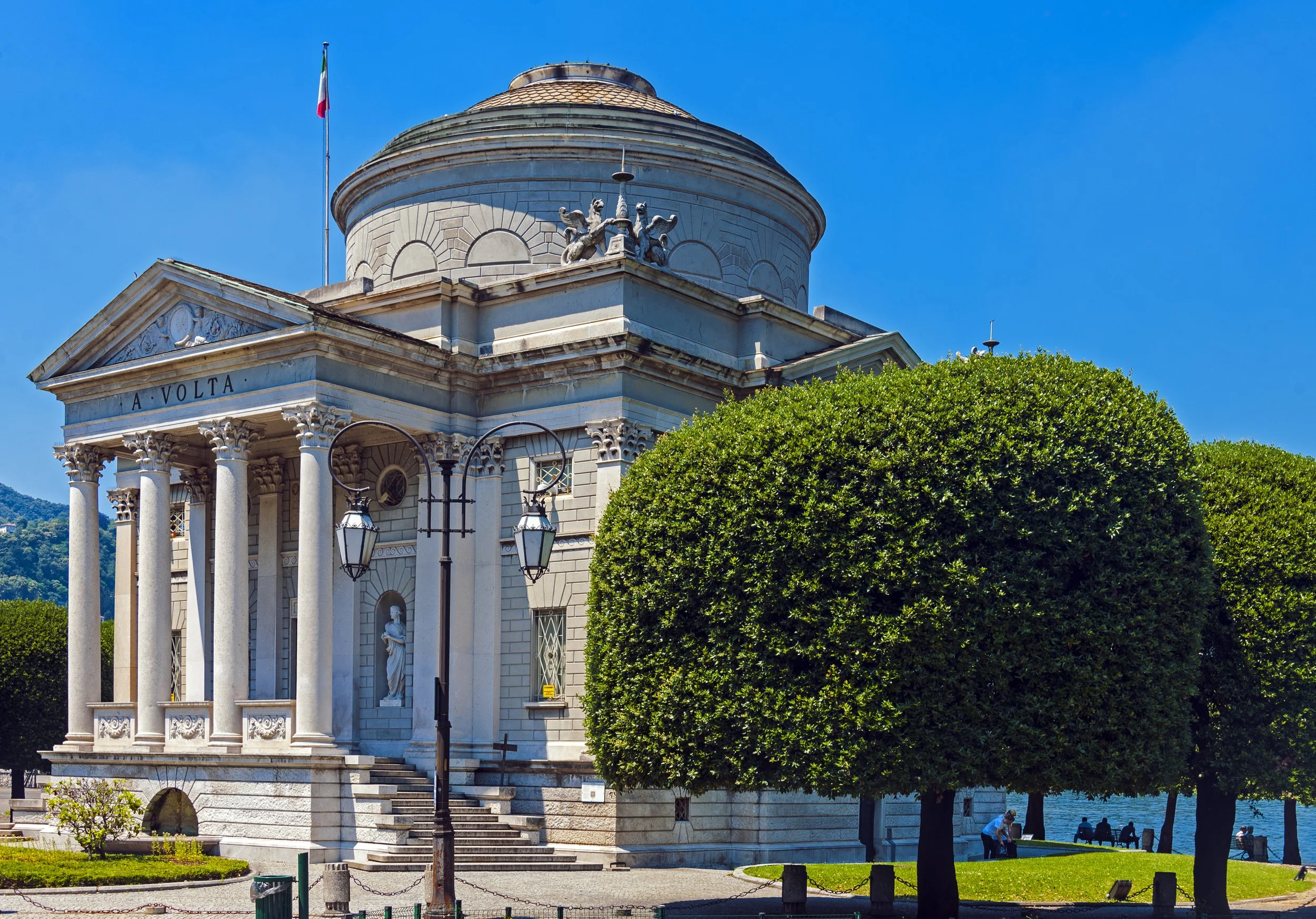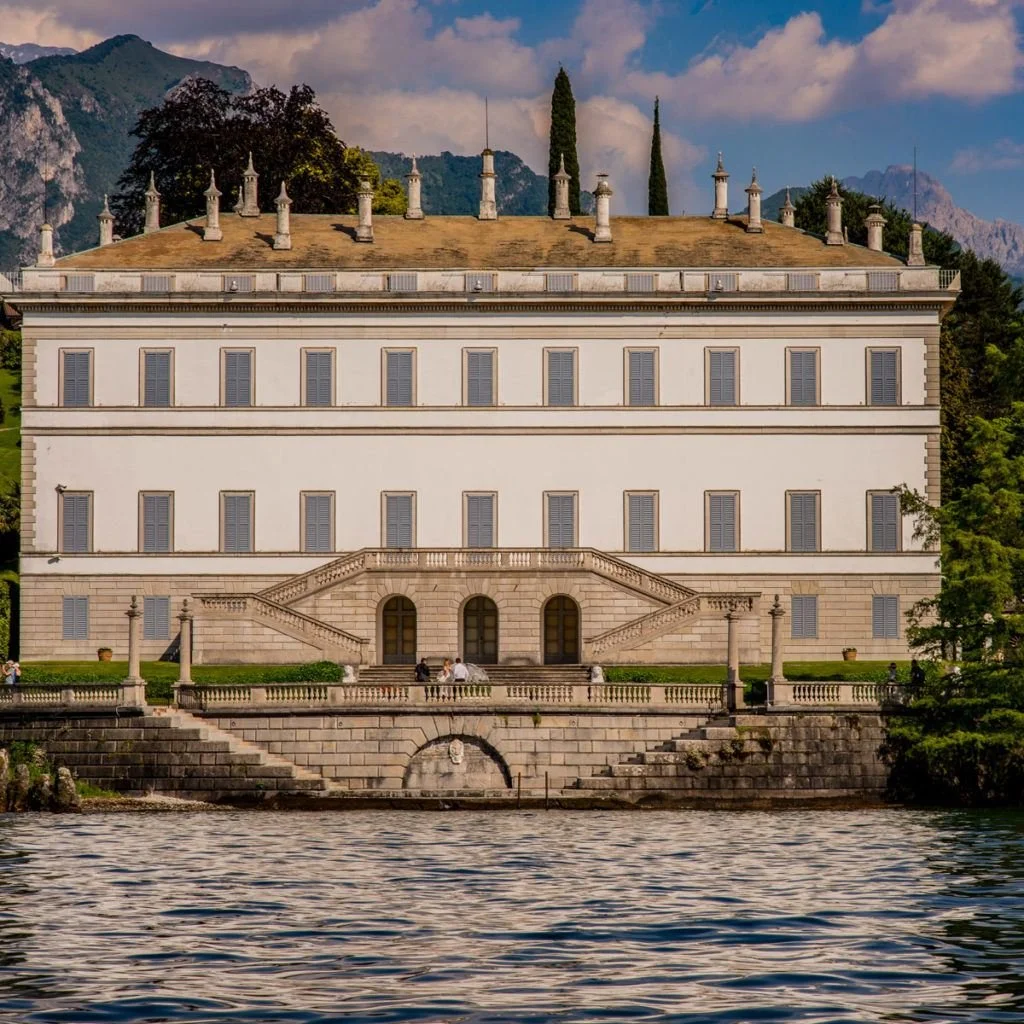ART HISTORY & ARCHITECTURE
Renown cities such as Como and Lecco, and smaller lesser-known towns that are unique gems, are all united by some common characteristics: charming flower gardens, woods, inlets, valleys, prestigious villas, and medieval architecture.
Gardens and woods; coves and valleys; blue of the lake and green of the vegetation; prestigious villas and medieval villages: Lake Como is one of the wonders of northern Italy. Moreover, it is one of the wonders of the world and it has been a destination of international tourism for many years.
The most important center is Como, the city that gives the lake its name. In the city, there are important monuments, a pretty old town, and many suggestive views.
-

The Comacina Island
The only island on Lake Como, the Comacina island is a small islet near the western shore of Lake Como. It is a place of great charm where history, nature, art, and archeology intertwine. Luxuriant gardens and a pleasant landscape coexist with the remains of the island's illustrious past as a fortified citadel. Comacina was an important religious center of the diocese of Como and a powerful Municipality of the Lario.
-

Villa Erba
The imposing Villa Erba built in 1898, is an extensive complex consisting of a manor house, guest house, greenhouses, dock, stables, service houses, and surrounded by a large park. The sixteenth-century Villa d'Este, for centuries, was the home of the aristocracy, after princesses, marquises, sultans, and tsars, in 1873 it has became an elegant five-star resort, one of the most celebrated charming hotels in the world. It was renamed by the Princess of Wales, Carolina of Brunswick, in honor of its alleged Este origins.
-

Villa Melzi
Between the 18th and 19th Century, nobles and rich Lombard bourgeois built luxurious villas where they welcomed famous people as their guests. Napoleon Bonaparte was a guest of Count Melzi d'Eril at Villa Melzi, a beautiful villa built in neoclassical style. The villa was surrounded by a splendid English garden dotted with statues, where the pianist and composer Franz Liszt loved to stop.
-

Palazzo del Broletto
The ancient town hall, the Broletto was built in 1215 . The podestà, Bonardo da Cadazzo, wanted it to be built next to the Cathedral to symbolize that religious and secular powers overlapped: the bishop had not only religious authority but also secular authority, and the new municipal power extended over the diocesan territory. Palazzo Broletto is currently owned by the municipality and it serves as a location for art exhibitions and congresses.
-

Villa Balbianello
An elegant and romantic residence, it is immersed in a well-kept garden which lies on a promontory from which you can enjoy stunning views of the Lario (lake). Commissioned by Cardinal Durini in the eighteenth century, the villa has had many writers and travelers as guests. Its last owner, Guido Monzino, was a mountain climber and explorer.
-

Tempio Voltiano
The Tempio Voltiano was inaugurated on 15th July 1928, it was built on the occasion of the first centenary of Alessandro Volta’s death (1745-1827). Francesco Somaini (1855-1939), owner of a cotton mill in Como and Member of Parliament had the idea of building a place devoted to the memory of the great physicist and to preserve his scientific tools and documents.

